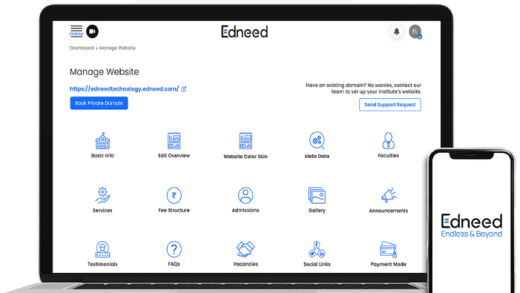Louis Bernatchez, actuary, and partner at Morneau Shepell, works on setting up group insurance plans for employers. A decisive role in supporting companies in managing their transform health and wellness risks.
In your opinion, are the risks related to the health of employees increasingly important?
Health risks have increased slightly, but not massively. However, we have an increasingly precise knowledge of the risk. When you look at the costs, 20 years ago, a group insurance program cost $200 to $400 per employee. Today, this figure is more like 2000 to 4000 dollars! Companies are therefore increasingly interested in knowing what the risks are associated with the ill health of their employees, and what the current and future costs associated with it.
What is the main risk to which employees are exposed?
One of the biggest risks is mental health, which is like an iceberg because it includes not only sick people who take medication and are away for a few weeks but also people who don’t and who are absent occasionally. Over the past ten years, companies have taken a step forward by asking themselves which people are prone to developing this type of risk, and which indicators make it possible to determine it.
What is the role of actuaries in companies?
In recent years, many resources in the health sector (nurses, doctors, etc.) have tried to assess these risks, but they were not several people capable of saying how much these risks are worth and what the indicators tell us which bomb we are sitting on. Actuaries can help companies with this type of issue
What types of indicators do you analyze?
For example, we can study occasional absences, because we know that people who go into depression start by missing a few days of work for different reasons: difficulty getting up in the morning, burnout, etc.
Many employers also do engagement surveys, which help them find out how employees perceive management and HR, and if they feel stressed or encounter problems daily.
Others have even started to launch internal surveys to determine what the risk factors are, by asking general questions about the state of transformation health of their employees (alcohol consumption, quality of their sleep). It is also possible to collect anonymous data from the employee assistance program (EAP) to find out the main reasons for consultation and identify the risks.
What is the goal?
Thanks to all this data, it becomes possible to paint a portrait and identify the main risks. If mental health is number one, we need to know how much it costs the company each year, through absences, purchased medications, or reduced productivity at work. Because to set up a health program to mitigate these risks, you must be able to show what you are going to improve, and in what proportion: this is the role of actuaries.
What are the levers for action?
There are all sorts of levers, such as workplace health promotion programs, depending on the factors you want to target: good nutrition, physical activity, healthy lifestyles, and so on.
Canadian retailer Shopper Drug Mart, for example, has saved costs and helped its employees return to work by developing a new approach to disability that focuses not on illness, but the return to work of its employees. It can also be the creation of a gym or the reimbursement of registration for sports activities.
At Morneau Shepell, we have provided mental health training to all our employees, so they know the symptoms, risk factors, and stress and resilience training so they are better equipped.
Can the savings generate be significant?
Depending on the targeted elements, we consider that for each dollar invested, we must be able to save 3 to 5 dollars. More active detection of mental health, for example, can help reduce occasional absences by 20%, or about 3 days per employee.
By developing appropriate health promotion programs, it is possible, for example, to save 2% on all their social costs or even 15% on costs linked exclusively to long-term illnesses.
In addition to improving the finances of an organization, it should not be forgotten that this can also constitute an indirect competitive advantage in attracting employees.



